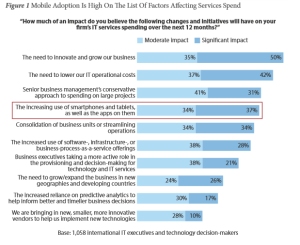APIs are a powerful way to glean extra value from an enterprise’s data assets and digital resources, extending the reach of products and services, building the brand, and even generating revenue. It requires a thoughtful approach and commitment of resources to make it work.
“We call it the ‘Internetting space,’” says Kamenetska. “We’re really in a post-website era…Anything that you touch is going to become Internet-enabled, and the apps that are going to be there and the experience that you’re going to be having on those devices are really made possible by APIs.”
You may also would like to see:
1. ABCs of APIs
2. Performance monitoring: There’s an API for that
3. Testing on mobile devices
4. Web application monitoring


